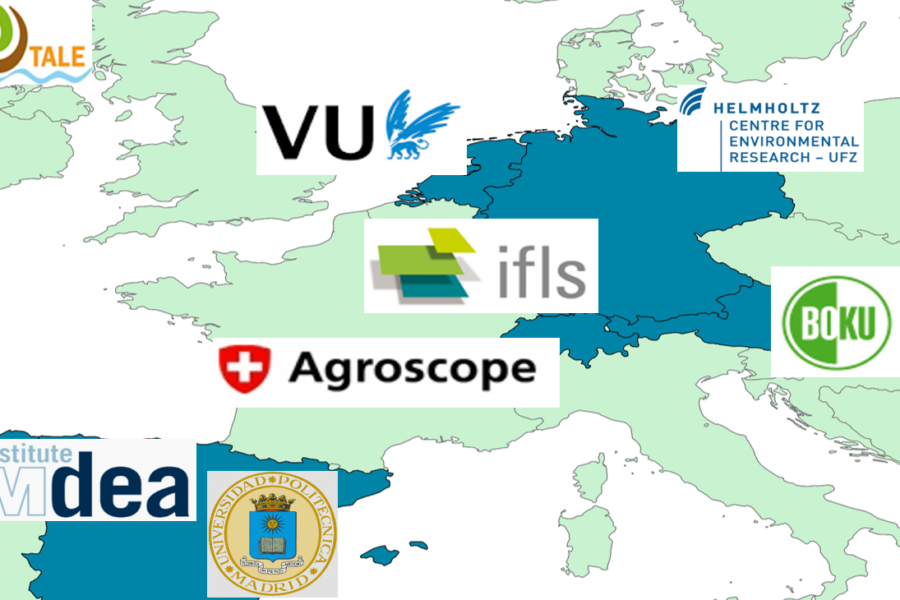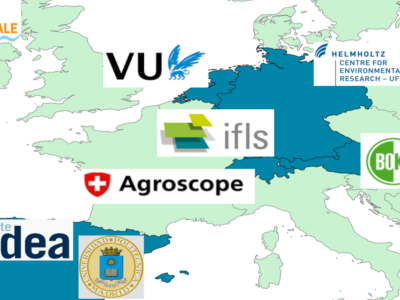The scenario development was part of the research project TALE, which was funded through the 2013-14 Biodiversa/FACCE-JPI joint call for research proposals. The overarching goal was to develop participatory scenarios for land sharing and land sparing in each region, which are comparable with each other. To this end, we developed and followed a common scenario protocol and applied a hierarchical multi-scale scenario approach. In each case study, local stakeholders were involved in the scenario development.
The process evaluation after the case study workshops show that the majority of the participants regarded the workshops as useful for their daily work. More than 85% of stakeholders reported that they were satisfied after the scenario development in each case study. The reasons mentioned for the usefulness were mainly new information
(e.g. on the case study region) and the networking opportunity. Processes like these allow stakeholders to abstract from their daily businesses and to turn to more strategic thinking. From the researchers’
perspective, stakeholders provided very useful information for models and overall knowledge about the study area and learnt themselves about facts and issues related to ongoing land use dynamics.
To summarize, the specific design of the participatory scenario
process led to vivid discussions on the land sparing/land sharing approach, created common visions, coproduced knowledge, and fostered information exchange between different stakeholders.
The scenarios were made in: 2018
The scenarios look out to: 2030

